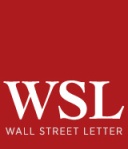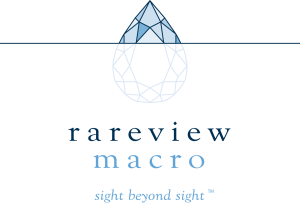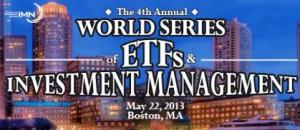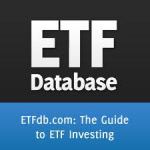 MarketsMuse Editor Note: We so greatly enjoyed today’s WSJ column from Daisey Maxey, we felt compelled to provide extracts below (The entire column can be found by clicking on logo to your left)
MarketsMuse Editor Note: We so greatly enjoyed today’s WSJ column from Daisey Maxey, we felt compelled to provide extracts below (The entire column can be found by clicking on logo to your left)
Catalyst Inc., a nonprofit focused on increasing opportunities for women in business, issued a report that shows that from 2004 to 2008, Fortune 500 firms with three or more female directors had an 84% better return on sales and a 46% better return on equity.
Call it the XX factor for investing.
It is an intriguing concept: investing in stocks of companies with female leadership. Backed by studies that say such companies perform better, fund companies are stepping in with investments that snub male-dominated companies, and bet on women
Barclays Women in Leadership ETN ($WIL). Investors pay for the privilege. The Barclays ETN charges an annual fee of 0.45% compared with a 0.10% fee for the SPDR S&P 500 ETF. SPY5.LN +0.10% Morningstar is generally not a fan of ETNs, says Mr. Goldsborough, citing credit risks and fees that can be hard for investors to understand.
“Everyone is talking about women in leadership,” says Barbara Byrne, vice chairman in investment banking at Barclays. The London bank has 80-plus ETNs, so the notes were the logical framework, and its research shows market demand, she says.
 Barclays isn’t the only firm leaning in. Ellevate Asset Management LLC, owned by Sallie Krawcheck, former high-profile executive at Bank of America Corp. , teamed with Pax World Management LLC in June to launch Pax Ellevate Global Women’s Index Fund. It invests in companies that seek to advance women. The fund is the successor to Pax World Global Women’s Equality Fund, which was merged into it.
Barclays isn’t the only firm leaning in. Ellevate Asset Management LLC, owned by Sallie Krawcheck, former high-profile executive at Bank of America Corp. , teamed with Pax World Management LLC in June to launch Pax Ellevate Global Women’s Index Fund. It invests in companies that seek to advance women. The fund is the successor to Pax World Global Women’s Equality Fund, which was merged into it.
There are caveats to ETNs (which are unsecured debt) and to women-focused investing strategies. Female leaders are often appointed in times of poor company performance, so their posts may be precarious, say Michelle Ryan and Alex Haslam, professors at the University of Exeter in the U.K. That “glass cliff” could make such companies less attractive to investors, the researchers say. Continue reading


 Courtesy of Wall Street Letter reporter Sean Creamer
Courtesy of Wall Street Letter reporter Sean Creamer
 Below courtesy of Rareview Macro; MarketsMuse Editor caveat: Below is excerpt of independent opinion courtesy of contributor, this should not be considered a recommendation to buy or sell any type of securities.
Below courtesy of Rareview Macro; MarketsMuse Editor caveat: Below is excerpt of independent opinion courtesy of contributor, this should not be considered a recommendation to buy or sell any type of securities. Courtesy of the Wall Street Journal online edition
Courtesy of the Wall Street Journal online edition






